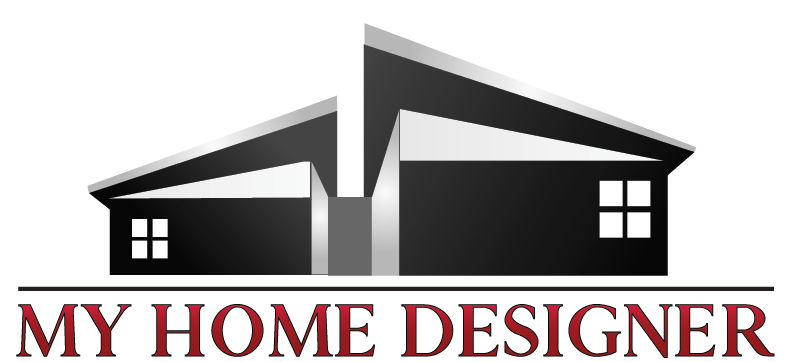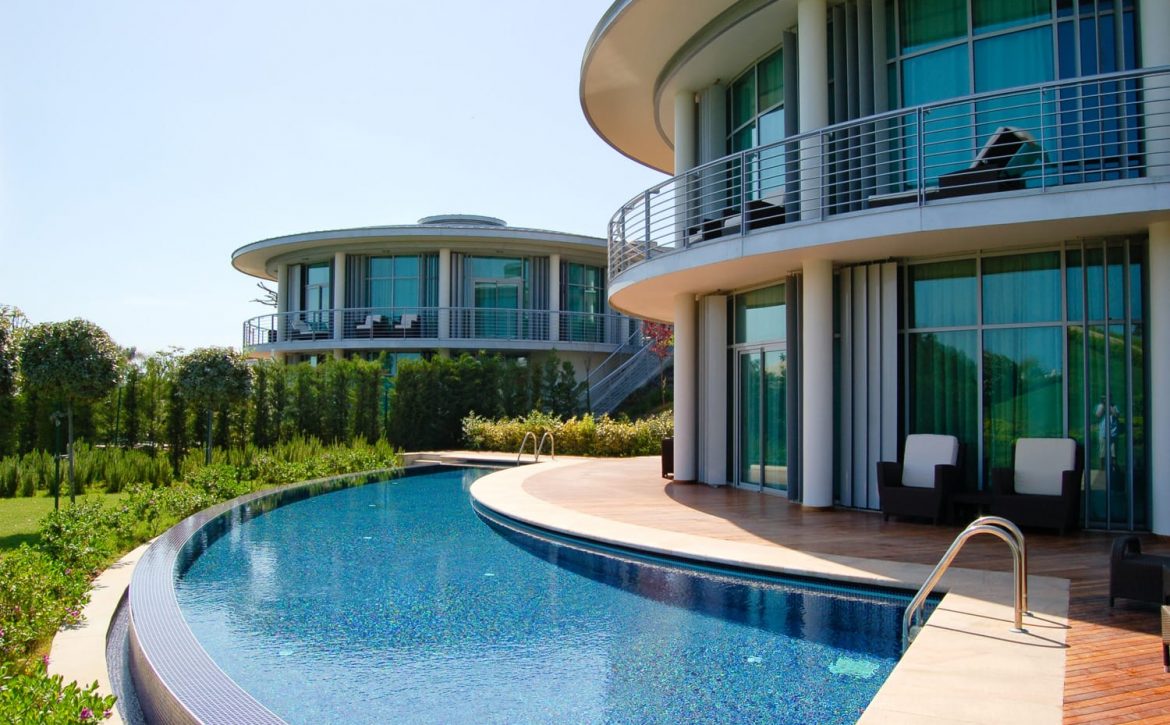Psychology in Architecture: Home That Complements Your Personality
Should we feel nostalgic when it comes to choosing our new home style and follow the footsteps of our ancestors? Is it necessarily better to look ahead and leave our own footprint on the fabric of human civilization and be creative? Using psychology in architecture helps us connect with our roots, but at the same time allows us to explore new horizons.
It’s an impressive experience to trace back our steps through history and observe how the architecture and home design have evolved over centuries. When we revisit the past glory and what our ancestors left behind, we also witness the vital role of a creative mind behind each building. Every masterpiece of an era now tells the story of the lifestyle, people’s mindset, and their culture.
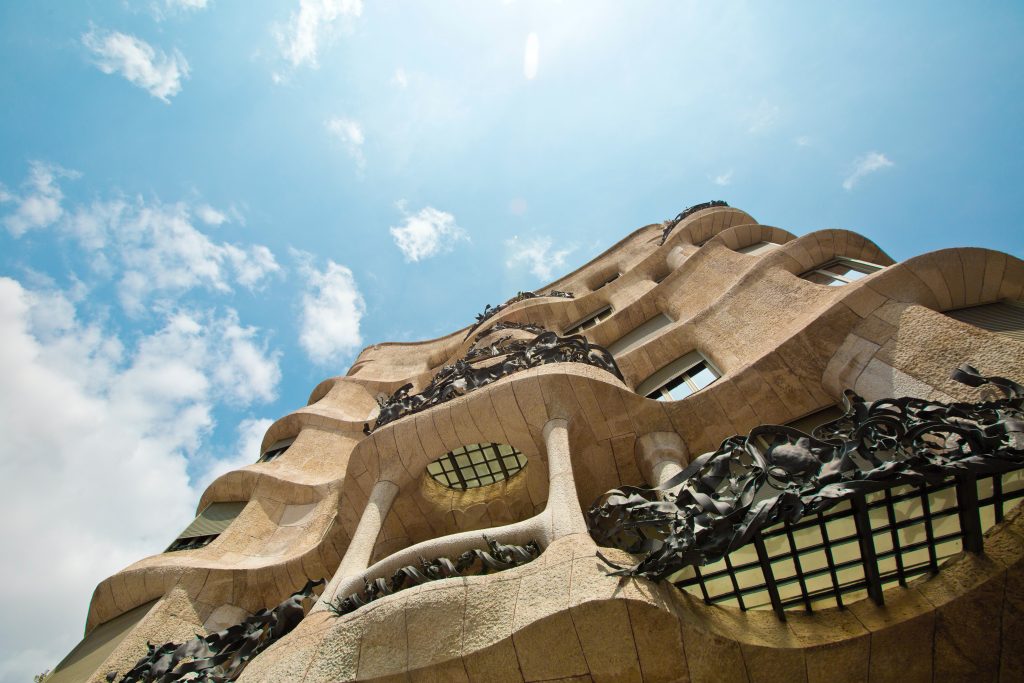
There were always daring pioneers like Frank Loyd Wright or Gaudi. Many other architects also stepped out of their comfort zone to create functional beauty over and above streamlines and traditions. Additionally, there were people as investors, homeowners, or developers who believed in them and helped embody the legacy we learned to appreciate today. The work of art is an evolving culture that has to move forward, create beauty, continue the storytelling to the future generations, and reflect the current culture.
It’s easy to design and build an ordinary building, a house, or a shelter. Still, it needs a heck of a gut for the homeowner to ask for something out of the ordinary, that represents their personality and culture. I genuinely admire homeowners who want to step out of their comfort zone. Subsequently, I welcome the challenge of the task of creating the next masterpiece of habitat art for them.
Psychology in Architecture: A part of Our Identity
The design of any physical space heavily influences the psyche of people inhabiting/visiting that space, shaping their decisions, attitudes, and behavior.
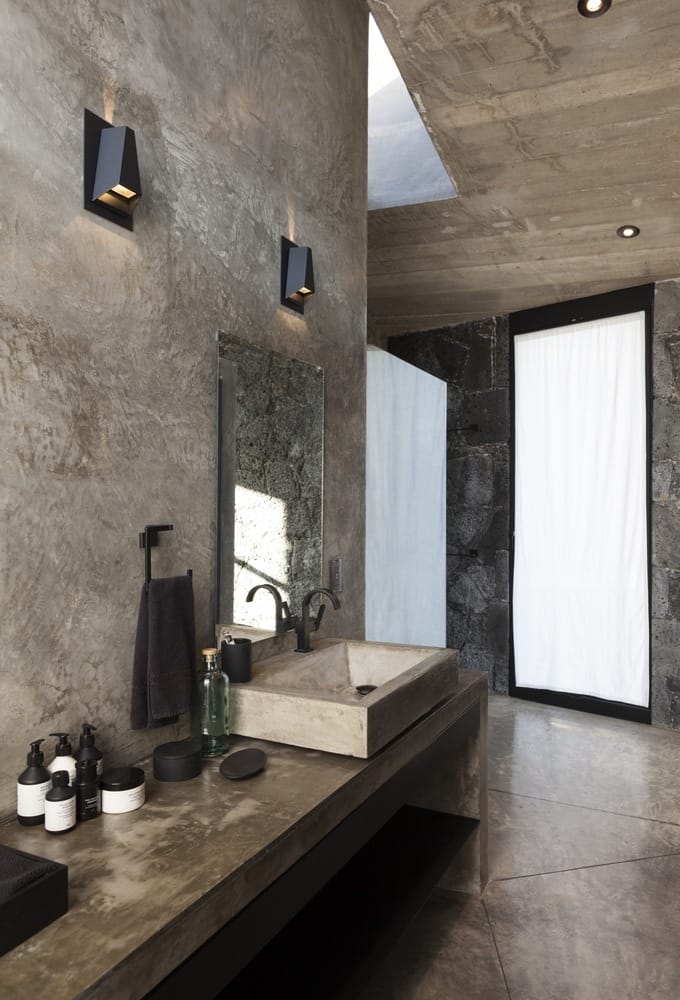
Scientists study the connection between psychology and the physical environment for the last four decades. However, that relationship is, at an intuitive level, as old as civilization itself. The effects of architectural frames on individuals and society have been considered from the early shelter to today ́s modern structure. Ancient temples were placed and organized in a way to enhance the desired effects. Alongside this, one can say that modern “temples” like malls and supermarkets continue the exact same approach.
Human perceptions of spaces they spend time in are under direct impact of the reflection of overall cultural and social identities. However, the psychological identity sense and its interaction with interior architecture occur more directly in smaller domains such as local neighborhoods, personal environments, and homes. We subconsciously identify with places that reflect our personality’s main features in a complex, bilateral interaction. It’s important to understand that our identity does not depend merely on the composition and form of physical space, but also heavily links to the concept of meaning and making sense. The person defines the space as much as space defines the person, mutually exchanging the gains.
Visual, audio, and physical sensations affect the psychological attitude of humans. That explains the vital role of all kinds of design in shaping behavioral pictures worldwide. Interior design needs a special place in studying these connections. One of the primary duties of architecture is to provide sheltering environments that can sustain, or even enhance, its occupants’ well-being. Considering the amount of time most of us are spending indoors, I dare say it’s truly essential.
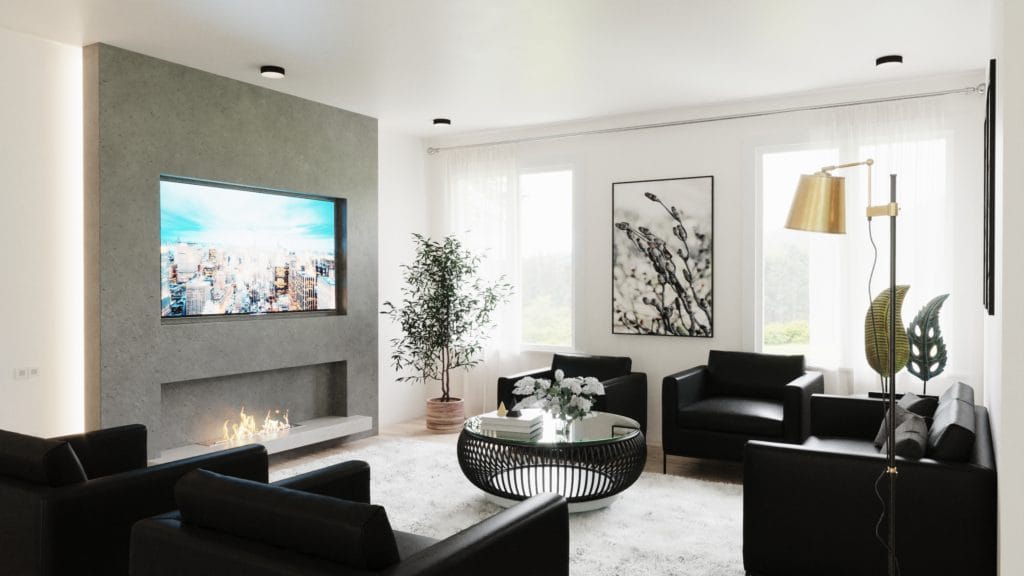
Psychology in Architecture Means Designing a Home That Fits
Setting up an interior that reflects the psychological needs of its inhabitants is quite a challenge. There is no one-size-fits-all solution, as the ways we receive, perceive, and respond to a stimulus are numerous and dependable on personal experience. Culture, age, education level, gender, and social status are just some of the major factors determining occupants’ needs.
The recent expansion of psychology in architecture and person-centered design had shed new light on a certain disconnection between designers and clients’ needs, research, and practices. From one point of view, architecture leans towards programming and determining clients’ needs. Proposed drafts are sometimes more in line with the current trends and location requirements than with the actual human interest. On the other hand, behavioral sciences take an interest in the role of the environment in terms of consistency with society’s needs. The best approach to architectural design is tending to create physical space as a crossover of the two, based on people’s behavioral characteristics.
Design outcome has a substantial impact on the quality of life, human behavior, and organizational performance of the place. A quality design fits the owner’s needs and can be adequately felt by the owner and attributed to him. The interior doesn’t have to be envisioned by the owner, but it has to reflect him. Great designers possess the ability to see the space through the client’s lenses but also correct mistakes that come with the lack of professional experience, teach, and direct in the best way possible.
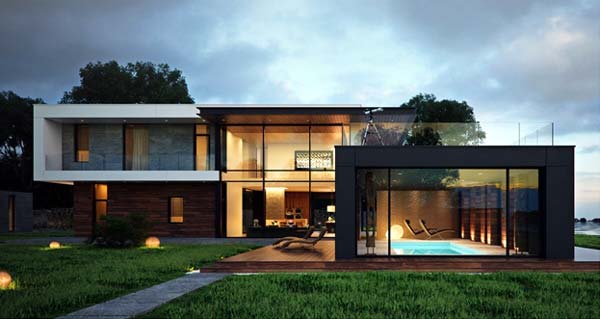
Psychology in Architecture: No Place Like Home
The home interior also makes a statement for his owners while providing shelter. Thus it has to offer an unbeatable sense of “being on your own.” Your home is your kingdom, shaped by the way it fits you above everything else. There’s no place like home—because nothing else is a reflection of ourselves on such a large scale.
Close your eyes and imagine that you see an absolutely blank living room. There are no finishes, no furnishing, no parameters, no connection with the exterior. Does this room speak to you? Hardly. But try to add some color to the walls, bring down a wall that doesn’t feel right, put in some textures, and open the windows. Does it speak now? Imagine how far such a connection can reach in the hands of a knowledgeable architect or interior designer. The sky’s the limit.
Essential Reflections of Particular Styles
Scandinavian
This style rose to fame due to its uncomplicated and straightforward vibe focused on nature and comfort. Minimalistic and functional features mark the essentials of the Scandinavian approach. Key color schemes are clean and bright, like whitewash and timber tones. A variety in textures is welcome, as it gives the home an inviting, warm sensation.
In short, this style fits with an open, friendly, stylish personality interested in culture and elegance.
Minimalist
This interior design style dwells on a motto of “less is more.” Minimalism features highly defined, polished aesthetic design elements, developed to represent the most simple qualities. Every piece is a discreet statement of its own, and every tailored detail serves the function flawlessly.
Minimalism is a great fit for an introvert, as well as anyone highly organized, methodical, and efficient.
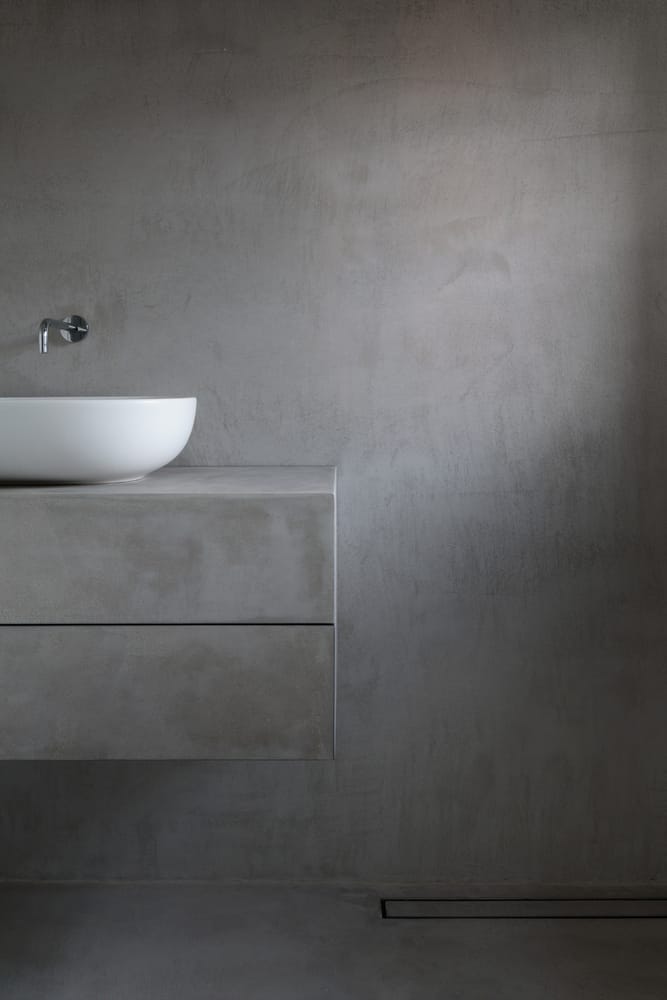
Rustic/Modern Rustic
Rustic aesthetics are not only for farmhouses. It can also be a great way to reconnect with nature in a city environment. A fusion of style elements can create a trendy and sophisticated picturesque interior. It offers a sustainable solution to reuse old furniture, infusing it with new life with pops of color and fresh finishes. Throw blankets, pillows and textures provide an unbeatable “homey” feeling that teleport some straight back to secure, pampered childhood.
This style is an excellent choice for a trendy yet classic, chic, and nature-loving person.
Classic/Traditional
The classic style offers a certain feel that time can be stopped. Often featuring high-quality pieces with lasting value and immortal décor, this kind of interiors embrace history and heritage. Color schemes are calming and neutral, in earthy hues like olive, beige cream, and wood.
The traditional interior style fits the person who is very detail-oriented, poised, elegant, and balanced.
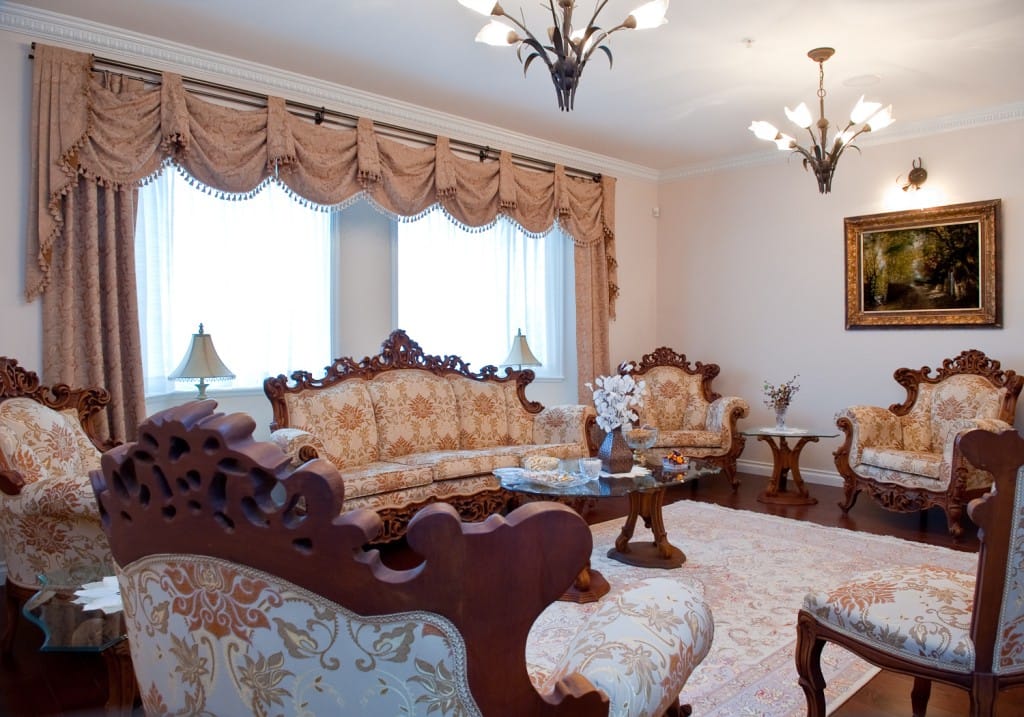
Modern
Younger generations (but not only them) generally prefer the sleek, spacious, simple design concentrating on function and organization. The modern design style enhances practicality, clean architectural lines, and cubist forms. It’s praised for having a strong impact on productivity, mainly because modern style implies a clutter-free environment, which helps to maintain the focus on essentials.
In terms of psychology in architecture, modern style is a paradise for an organized professional. This approach also serves the needs of a person who dwells on time-management.
Home Is More Than a Style Represented
Wherever your life takes you, home is the place to come back to over and over again. Your home is a place of comfort, safety, and self-expression. Your interior design style has purpose and meaning. It’s a communication tool that sends a clear message, a representation of everything you are.

A home perceived as safe and intimate provides significant psychosocial benefits. It represents a private sanctuary and develops a sense of identity and attachment. Any disturbance in harmony strongly limits this feeling, thereby reducing the home’s mental and social function.
There are many indoor factors, such as thermal and lighting aspects, moisture, air quality, noise, radiation, or chemical compounds, that affect the psychological impact of the space. Exposure to these stressors can provenly cause both short-term and long-term effects.
That is why psychology in architecture is important. It’s not just your way to get a prettier home. In the hands of a serious designer, it’s also your one-way ticket to improve the overall quality of life.
By Aryo Falakrou (My Home Designer)
